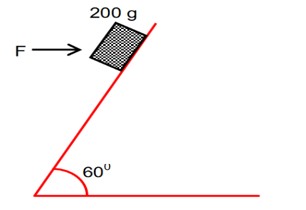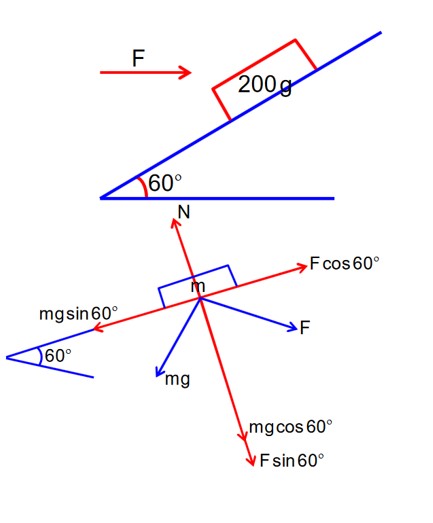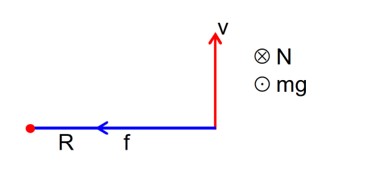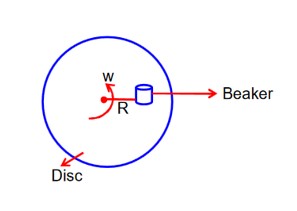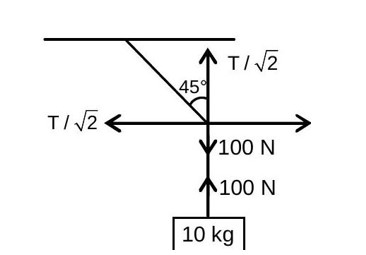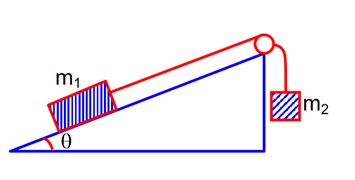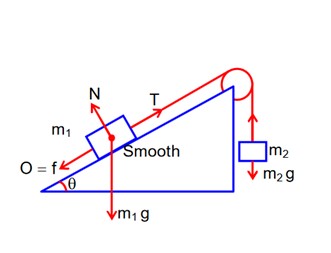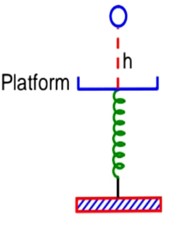Laws of Motion
Get insights from 109 questions on Laws of Motion, answered by students, alumni, and experts. You may also ask and answer any question you like about Laws of Motion
Follow Ask QuestionQuestions
Discussions
Active Users
Followers
New answer posted
3 months agoContributor-Level 10
For equilibrium along the incline plane is given by,
F cos 60° = mg sin 60°
New answer posted
3 months agoContributor-Level 10
Assume both the block is moving with common acceleration 'a' then
N = mg
N = 2g
For no slipping
New answer posted
3 months agoContributor-Level 10
m1 = 5kg
m2 = 3kg
As m1 is in rest -
T = mgg = 30
N = m1 g cosq
T =
->sinθ
New answer posted
4 months agoContributor-Level 10
a µg = 0.5 * 9.8 = 4.9 m/sec2
u = 9.8 m/sec
S =?
v = 0
v2 = u2 + 2as
s =
New answer posted
4 months agoContributor-Level 10
Let 'x' be the value of one division on main scale
Let 'y' be the value of one division on vernier
Now given
50y = 49 x
Taking an Exam? Selecting a College?
Get authentic answers from experts, students and alumni that you won't find anywhere else
Sign Up on ShikshaOn Shiksha, get access to
- 65k Colleges
- 1.2k Exams
- 679k Reviews
- 1800k Answers

